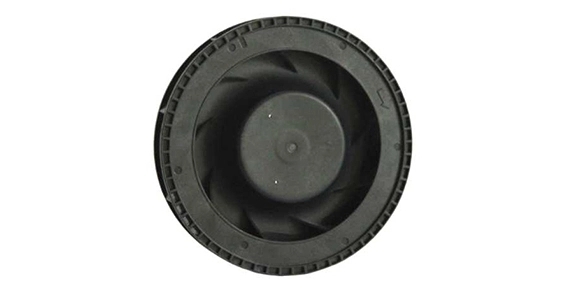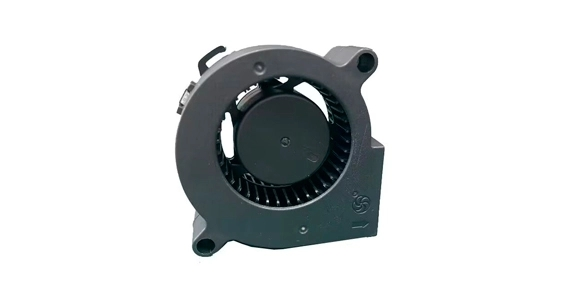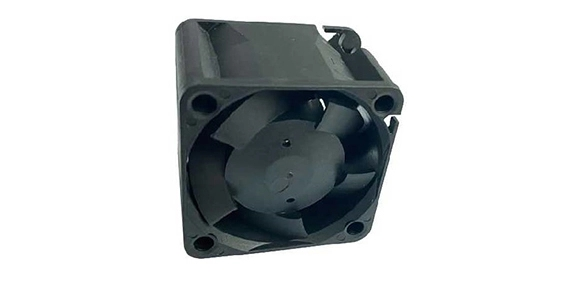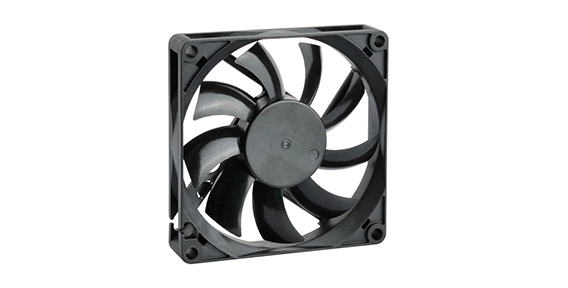Centrifugal fans, also known as blowers, are widely used in various industries for ventilation, cooling, and exhaust purposes. These fans are capable of producing a high volume of air at a constant pressure, making them an essential component in many industrial applications. China, being a global manufacturing powerhouse, has emerged as a major player in the centrifugal fan industry. This article will delve into the working principles and performance characteristics of centrifugal fans, shed light on the quality standards and certifications for these fans manufactured in China, and discuss the future trends and developments in the centrifugal fan industry in China.
Working Principles and Performance Characteristics of Centrifugal Fan
Centrifugal fans operate on the principle of centrifugal force generated by the rotation of an impeller. The impeller consists of a series of blades that pull the air in and accelerate it towards the outer edge of the impeller. As the air is pushed towards the edge, it gains kinetic energy and is discharged through the outlet of the fan at a high velocity and pressure. This design allows centrifugal fans to generate high static pressure and move air efficiently in various applications.
One of the main performance characteristics of a centrifugal fan is its ability to handle different volumes of air at different pressures. This is typically represented by a fan curve or performance chart, which shows the relationship between the fan's airflow rate and the static pressure it can deliver. Another important characteristic is the efficiency of the fan, which determines how effectively it can convert input power into useful airflow.

Quality Standards and Certifications for Centrifugal Fan Manufactured in China
With the growing demand for high-quality centrifugal fans, manufacturers in China have stepped up their game and implemented stringent quality control processes. Many centrifugal fan manufacturers in China adhere to international standards such as ISO 9001, which ensures that their products meet specific quality requirements.
Additionally, some Chinese manufacturers also obtain certifications such as CE (Conformité Européene) and UL (Underwriters Laboratories) to demonstrate compliance with European and American safety standards respectively. These certifications provide reassurance to customers that the centrifugal fans they purchase meet the necessary standards for safe and reliable operation.
Future Trends and Developments in the Centrifugal Fan Industry in China
As the demand for energy-efficient and environmentally friendly solutions continues to grow, the centrifugal fan industry in China is experiencing several noteworthy trends and developments. One of the key trends is the adoption of advanced technologies to improve the efficiency and performance of centrifugal fans. Manufacturers are investing in research and development to enhance the design of impellers, optimize airflow patterns, and reduce energy consumption.
Another significant development is the integration of smart features into centrifugal fans. IoT (Internet of Things) connectivity and intelligent control systems are being incorporated into centrifugal fans, enabling remote monitoring and control, predictive maintenance, and energy optimization. These advancements not only improve the overall performance of the fans but also provide valuable data for decision-making and optimization of industrial processes.
Apart from centrifugal fans, industrial axial fans are another important component in many industries. Axial fans are designed to move large volumes of air with minimal pressure build-up. They are commonly used for cooling electronic components, ventilation in buildings, and exhaust systems in industrial spaces. Chinese manufacturers have also been producing high-quality industrial axial fans that meet international standards and cater to diverse industrial requirements.
In conclusion, Centrifugal fans made in China have gained prominence in the global market due to their working principles and performance characteristics, adherence to quality standards and certifications, and the pursuit of future trends and developments. With continuous advancements and innovations, the centrifugal fan industry in China is poised to play a vital role in meeting the ventilation and cooling needs of various industries worldwide.


 EN
EN 

 +
+
 +
+
 +
+



